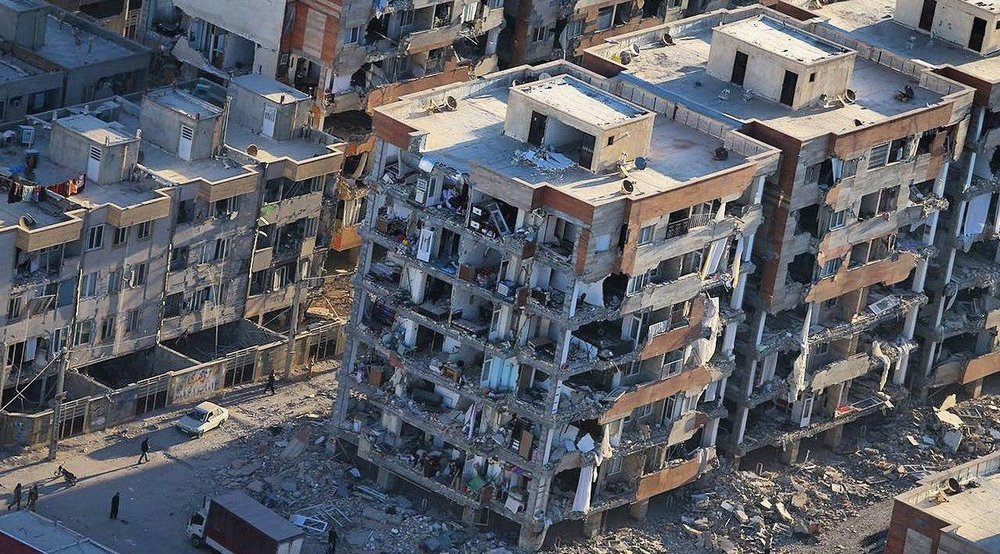Hashemi cautions against possible Tehran earthquakes

TEHRAN – Tehran city council chairman Mohsen Hashemi has urged officials and responsible organizations to be vigilant over the possibility of future earthquakes in the metropolis and take necessary measures.
“The magnitude-5.2 earthquake in Tehran was not minor enough to be disregarded and not major enough to cause damages,” Hashemi said on a TV show aired on Saturday night.
Speaking on the importance of an earthquake in Tehran, he added that the municipality, the Red Crescent Society, ministries of education and transport, and military forces should implement required measures in face of natural disasters.
Potential aftermaths
Talking about 36,000 hectares of run-down areas in Tehran, the city council chairman noted that earthquake can result in nearly 2 million injuries and casualties.
He went on to say that if an earthquake of magnitude 7 or stronger shakes Tehran, the water supply system will severely damage and Tehran may face floods as well, so plans for reinforcement of water supply system have been developed.
He referred to earthquake warning system which notify the citizens of a substantial earthquake 10 seconds before it strikes and explained plans to equip different areas of Tehran with the warning systems. “It is said that it can decrease casualties by one forth,” he said.
Talking about rumors which are circulating about the possibility of another tremor within the next 2 to 16 weeks, he stated that earthquake is “unpredictable” and all the rumors which exacerbate people’s anxiety should be disregarded.
“Facilities that have been provided in Tehran to face earthquake is just enough for a city with a population of less than 300,000,” highlighted Hashemi, adding, “The Red Crescent Society should be ready for providing emergency shelters for 1 million individuals and the municipality should be prepared to remove the debris of collapsed buildings.”
He also noted that Iran has enough equipment and credit to face earthquakes but the main issue is the inconsistency between different bodies.
Mohsen Hashemi also referred to two other main issues which can pose threats after an earthquake in Tehran. “The first one is the possible collapse of tall buildings which are built on narrow streets; this incident will impede the rescue and relief operation,” he said. The second issue is the possibility of gas leak and explosions; to combat this problem, new gas valves have been developed that will automatically cut gas stream in major earthquakes.
Tehran’s medical centers not ready
Although medical centers in Tehran are in acceptable condition now, they are not expected to fulfill all the medical needs of an earthquake stronger than magnitude 7, the vice-chairman of the Majlis health commission Mohammad Hossein Qorbani said on Sunday, Nasimonline reported.
Over 90% of Tehran buildings insecure
The number of buildings in Tehran which lack the required safety measures is considerable and if all the safety factors are taken into account, more than 90 percent of them are regarded as insecure, Tehran’s Fire Department chief said on Saturday.
Mehdi Davari Dolatabadi further noted that the volume of flammable materials, their flammability rate, the number of people living in a building and appropriate escape routes are among the factors determining buildings’ safety.
MAH/MQ/MG
